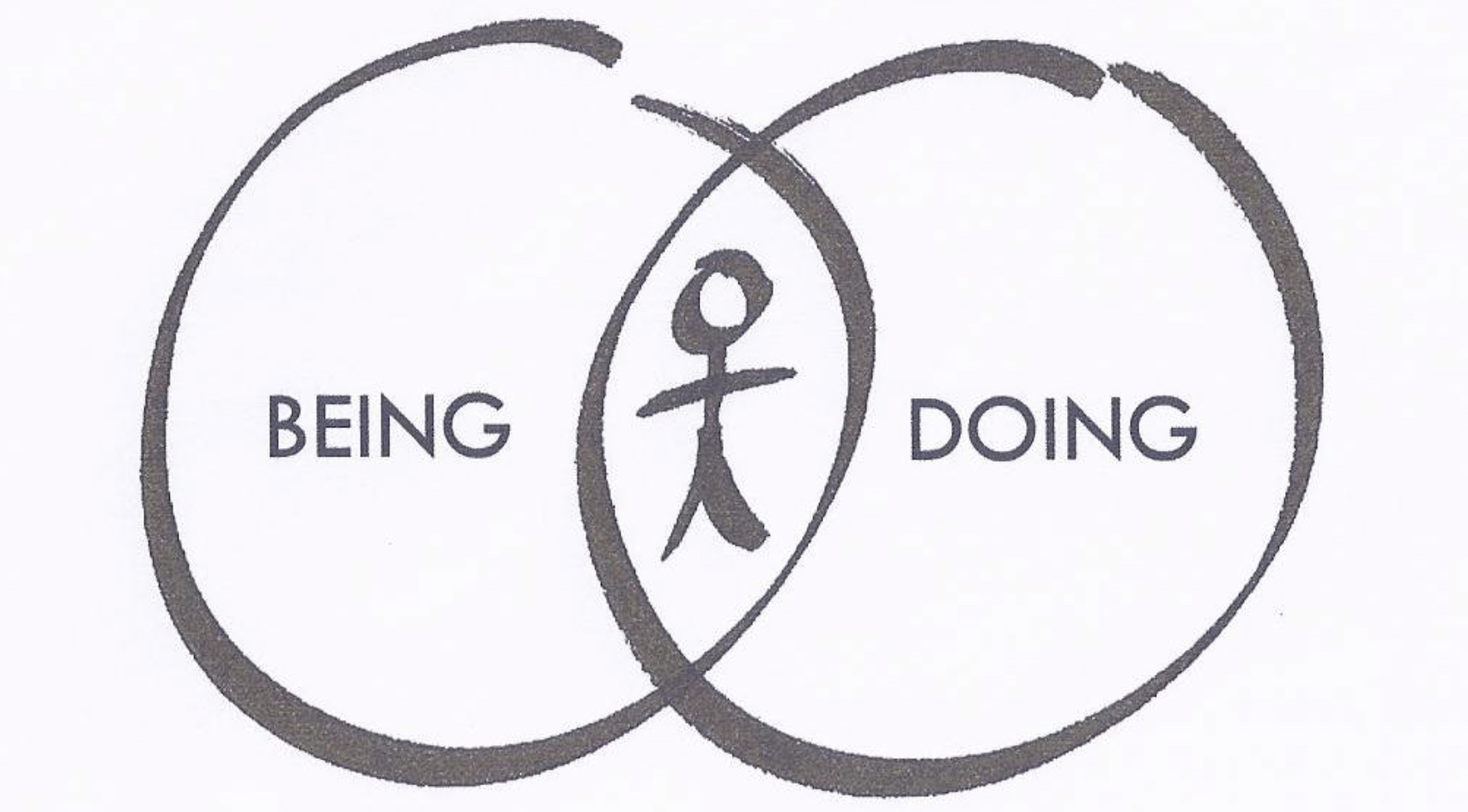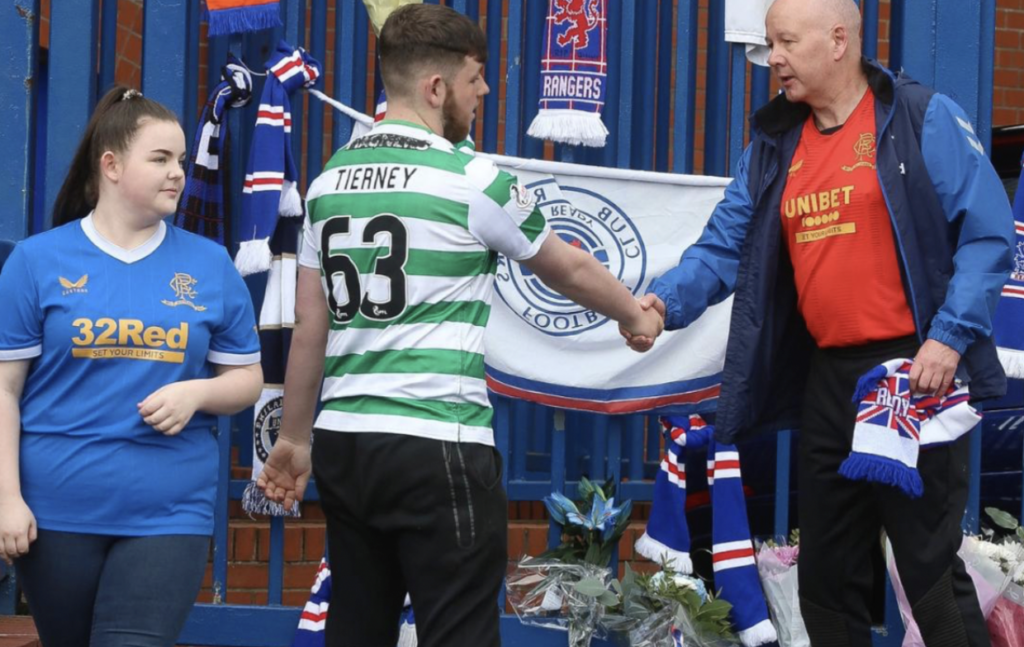
Ah familiar territory, we know this story, don’t we? It’s that classic tale of which person do we associate with? In Luke 10:38-42 we hear of Martha and Mary: but is it a debate about doing and being – that Do Be Do Be Do question?
Is it a choice between them or a wonderful fusion of them all?
Background
Martha, Mary and Lazarus are all siblings. Odd that no Mum & Dad are mentioned. We meet this family in John’s Gospel where Martha pleads for Jesus to heal Lazarus. Normally girls would be betrothed by 12, and married by 14 – and they are not. The name of where they lived Bethany means House of Misery. The Dead Sea Scrolls note that there may be a leper hospice at Bethany. The family may either have been very wealthy to live by themselves, at such a tender age, or they worked at this hospice. Martha is normally mentioned first, suggesting that she is the eldest. However, Martha, in the Aramaic, also – in the feminine form – comes from Kyrios or Master. She may have been the ‘master’ of the family. There were many female ‘masters’ in NT times: think of the ladies mentioned in Luke 8:1-3 who ‘bankrolled’ the disciples’ work, or Phoebe in Acts 16.
In John 11 we read that Jesus loved this family. Sadly they are not mentioned at the cross – were they there?
Link to the past
So as we look at Martha and Mary, wWe have forgotten what came before it and what possibly should be linked to it – attached with chains, the connection is so strong.
Hamas?

The Good Samaritan story is one which declares that this is irony – it begs the listener to say what? The Samaritan, the despised individual, helps a Jew? The Samaritan, without needing a prompt, starts to help the poor, the weak, the needy. They give radically and generously. I explained the Good Samaritan, from a wonderful re-reading by Amy-Jill Levine, as a Jewish man who is robbed. The Israeli military medic and the overseas missionary just walk on by on the other side of the road. A Muslim, associated with Hamas, goes over and cats for the man, pays for his further care. This retelling of the parable shocks many but that’s because Jesus’ version would shock Jews then. More locally, it is the Celtic fan helping a wounded Rangers fan, or vice versa.
We weren’t expecting them to the one doing… That’s the point. It tells of radical giving, offering when it wasn’t expected.
Mary at Jesus’ feet
So how is this passage connected? Mary has decided that she needs to sit down at Jesus’ feet and listen. She has just broken all of the rules of normality – great word there – as a woman shouldn’t sit at a Rabbi’s feet and learn. Thank goodness things have changed but still we have much to learn. Pray that constructive conversations occur with regard to whether women have control over their bodies in the USA.
So who else is in this scene?
The disciples, possibly not restricted to the 12 but may be the 72, crammed in, jostling for position. Martha has welcomed them in, made them all feel at home. I wonder if that was like “welcome everyone…Oh my”
“Well, so much to do, now very little time to do – must get on” She is starting to feel isolated, is anyone listening to her?

Eating is a fairly common thing in scripture. Goodness me, Jesus is often eating at the house of a Pharisee, or at weddings, or discussing a banquet for everyone. Hospitality is quite a key attribute of Jesus’ life. Remember he told the 72 to go out into Samaria and stay with those who let them in – hospitality was part of the way of life, part of the kin_dom. But it was more than providing food and a drink. This was opening up themselves, to allowing people to see into their lives, to see what made them tick. It wasn’t closing that door, and hiding the plates in the oven, or toys in that cupboard, when someone came in to the house. It was opening up your home to others, so that they were at home. It was a willingness to listen to the visitor and for all to be changed.
So is it doing or being – which one?
Now Martha is fixated on what her sister is not doing and pleads with Jesus to resolve this situation. Jesus does not solve this as Martha wants. Jesus will not stop Mary doing what she is doing – BUT he is not saying that it is the only way to be.
What’s happening here is what we might see our even possibly do. We utilise others to affect the situation. If we speak to someone else who might feel tell another note we are feeling we are seeking to coerce the situation. Jesus isn’t playing along at all. It’s called triangulation, possibly even seen in transactional analysis – others may correct me here – please do.
Our Prayer?
When we pray that God will speak to someone about their behaviour we might see parallels then. Our prayer is to develop that close relationship with God, not for God to do what we want. Our prayer is for greater peace in showing God’s love in all our ways not for our own to be plain sailing.
But there’s more here. it is not saying that Mary is correct but that what Martha is doing is also good. He doesn’t tell Martha off, as he does with Simon the Pharisee in Luke Chapter 7. All too often we consider this as a way of solving a binary argument – which one is correct. It’s a dynamic dilemma for us all. We need to consider both.

If we reconsider the Good Samaritan as part of this passage, the Samaritan is the one who needed to act. Mary is the one who needed to listen. The parable I mentioned earlier stresses the need to act but it didn’t say that is the be all and end all. We are more than doings but beings. We offer God’s love through our actions and in our being close to God.
So what?
The next project the church elects to follow may well bring people to know the good news of Jesus. But the next project will come and eventually go. But people are never a project – they are worth far more than that.
The change which is priceless is that change in us, that change which sees the combination of our actions, wherever we are, and our relationship with God, that drives us forward.
Takeaway
So as we seek to help others with the Cost of Living crisis in this area, let’s consider what we do and why. That desire to help comes from God, or faith seeking to be closer to God. There are many opportunities to show His love practically, not all within the sphere of church. Listen to God, and then do. Be and then do.

It isn’t a choice between them but a wonderful fusion of them all.
I found the dialogue interesting